
views
Looking For a Job
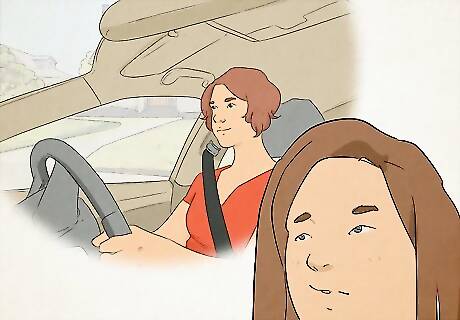
Know that being car-less is not a dealbreaker. There is sometimes a stigma around not having a car. You might worry that you’re being judged as irresponsible if you don’t have one.However, plenty of people don’t have cars, and there are many, many jobs that you can do well without wheels. In fact, if you’ve been getting by without a car so far, chances are that you live in a city that doesn’t require one. You’re already on the right track.

Consider freelancing. Look for virtual jobs. If you’re creative, you’ve probably already thought of it. The beauty of freelancing is that you work for clients at your own behest; it’s uncommon that you’ll need to meet anyone in person. Think about freelancing if you are a marketer, graphic designer, writer, programmer, or artist.
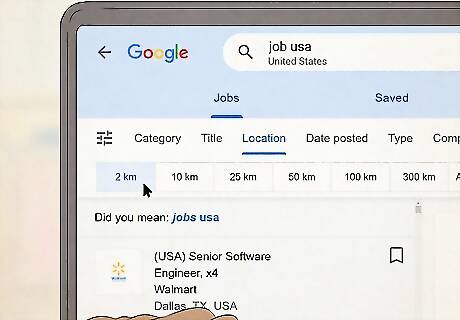
Limit your search to nearby locations. Once you’ve started going out and looking for jobs, you will probably want to limit yourself to jobs that you don’t have to schlep twenty-five miles to every day. Double-check the addresses of the companies you apply to. If you’re using an online job search engine, you may be able to limit the results to a certain distance from your ZIP code. Keep in touch with the news about the availability of jobs.

Read job descriptions carefully. Some jobs are flexible on their requirements in education and experience, but if an employer says that they require a vehicle, this is generally non-negotiable. Don’t apply to be an immigration caseworker, pizza delivery person, or any other job in which you simply can’t get by without a car.

Practice your potential commute. Did you get an interview? Congratulations! Being on time for an interview is vital at all times; if you’re trying to make it without a car, you’ll want to be extra careful. Make sure you have a reliable way to get to the interview site, and then do a test run of your route.
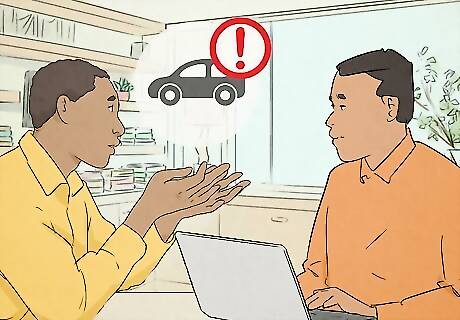
Don’t make it a big deal. You don’t need to mention that you have no car in your cover letter, but you should be honest if your interviewer asks if you have a car. Don’t panic--lacking a car does not mean that you’re lacking in qualifications. Check with different companies and find out about their policies after the pandemic. Some of them may offer online work. If you get nervous when you're asked, just be straightforward and positive. "I don't, but I pick the 22 bus up about a block away from my apartment, and it takes me straight here." Or "I'm really into biking, actually--the bike trail that takes me downtown is gorgeous."
Picking a Way to Get to Work

Walk. If you live less than a mile from your new workplace, walking is a terrific way to get there. It’s convenient and cheap, and you can literally smell the roses while you do it. Time your walk the first few times you do it--this will help you know how much time you need to set aside for your commute. Make sure to wear comfortable shoes. Be alert. Stay aware of your surroundings, including people and vehicles. In extreme weather, you may not be able to walk to work. Consider alternate means of transportation you can use if it’s really hot, cold, rainy, or snowy outside.
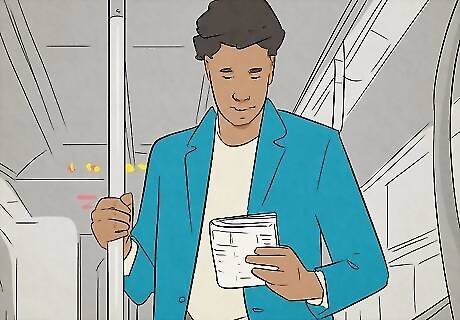
Take public transit. If you live in a city, large town, or even suburb, you may have access to trains, trams, and buses. These are popular and often very affordable, and as an added bonus, they can teach you much about the place you live. Make sure you’re familiar with the schedule of the bus or train you’re using. How often does it come? Is it ever late? If possible, check in with Human Resources to find out if your company offers discounts on tickets or a transit card.

Ride a bike. Biking is speedy, fun, and incredible exercise to boot. Make sure you have a good and well-maintained bike and the physical ability to pedal yourself to work. Research bike routes around your home and workplace. Are there trails or specially-marked bike lanes? Have a backup commuting plan in case the weather is too wild for a bike ride. Wear a helmet.
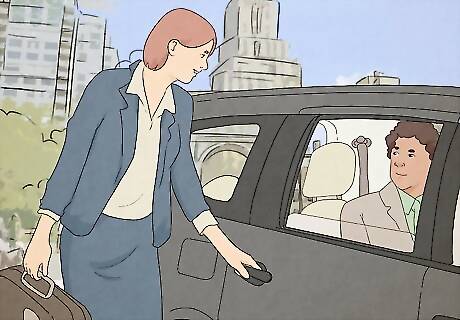
Carpool. If you have a friendly coworker in the neighborhood, you may be able to ask them if they would like to carpool with you to work. This can be tricky, because you do not want to be rude or entitled as a carpool buddy. Make an agreement beforehand about compensation (you’ll be paying for a substantial portion of gas at the very least). Also, don’t be late! You’ll be holding everyone else up, not just you.

Work from home. Some jobs will permit you to do your work at home sometimes, which is terrific if you have a difficult commute, or children or other responsibilities. If you work from home, make sure you have a solid internet connection and a tidy workspace. It's tempting to be loose about scheduling, but do your best to stick to a routine that works for you. To focus, wear real clothes, not pajamas.
Troubleshooting a Carless Commute
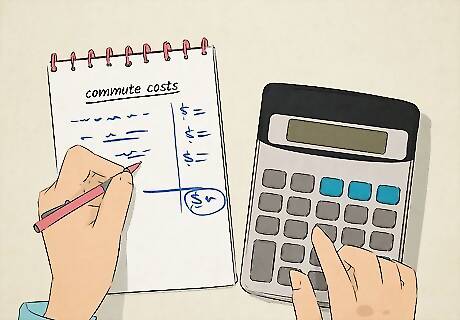
Budget for your commute costs. Not having a car can save you money, but other commute costs can add up to. Do you buy a monthly train pass, maintain your bike, or split gas for an office carpool? Set aside that amount of money each month. If you walk or bike to work, you can also set aside a taxi budget. This will come in handy if the weather is too wild to travel in.

Don’t oversleep. A careless commute can take longer than average; make sure you’re giving yourself enough time to complete it. Set several alarms if you have to. Streamlining your morning routine in general can help with time. Make your lunch the night before, take a short shower, and don’t get distracted by TV during breakfast.
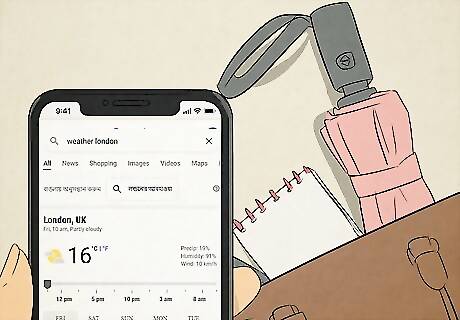
Check the weather. If you’re not in the cozy embrace of a car, extreme weather can wreak havoc on your commute. Make sure you read the weather report before you leave the house each morning, and take precautions if you need to. Dress sensibly in layers, and wear sturdy boots or shoes if needed. Carry an umbrella. Keep a small folding umbrella in your briefcase or backpack, so your day won’t be too derailed by a sudden downpour. Use oil-blotting sheets or a cooling face mist to defeat sweat and look put-together at work if you bike or walk in the heat. Take a taxi if it’s too much to bear.
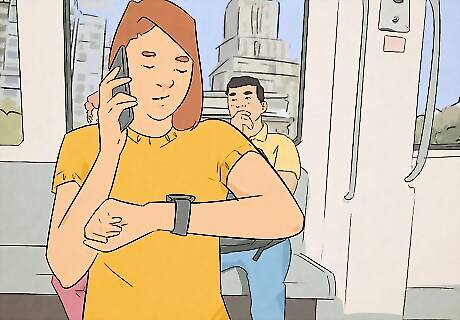
Let your boss know if you’ll be late. Don’t panic if your train is stalled or your tire pops. Emergencies happen to everyone, whether they drive to work. Let your boss know about the situation as soon as possible, and update them if anything changes. Always leave home with your phone charged in case of emergency. You should have your boss’s number saved, too.




















Comments
0 comment